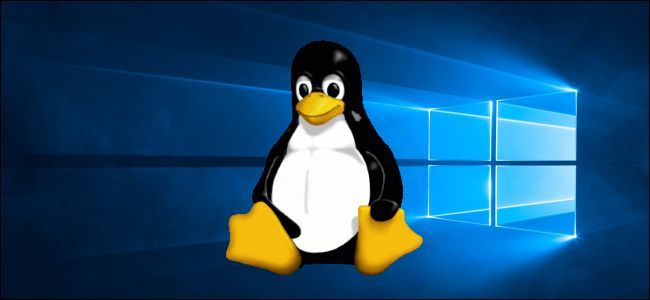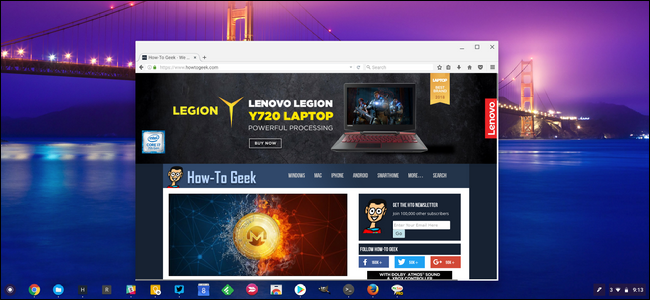Quick Links
The year of Linux on the desktop is finally here! Windows 10 is getting a Linux kernel, and all new Chromebooks will run Linux applications. Most desktops purchased in the future will include a Linux kernel and run Linux software.
Windows Is Getting a Built-in Linux Kernel
Traditional Linux distributions may not be taking over the world, but Linux is becoming even more pervasive than ever.
Windows 10 will soon include a built-in Linux kernel updated through Windows Update. Windows itself will still be based on the Windows kernel, of course. The Linux kernel will power the Windows Subsystem for Linux 2 (WSL 2) and let you run even more Linux applications on Windows 10.
WSL version 1 was powerful, but it relied on emulation to run Linux software. That prevented more complex Linux applications---like Docker---from running on Windows. WSL 2 will be more powerful and will run Linux software using an actual Linux kernel.
There are ways to run graphical Linux applications on Windows 10, too. Microsoft doesn't enable it out of the box, but all you have to do is install a third-party X server. More graphical applications should work better under WSL 2.
For command-line software, Microsoft is adding a beautiful new Windows Terminal app with tabs.
All Future Chromebooks Will Run Linux Apps
Chrome OS has always used a Linux kernel. In fact, Chrome OS was based on Gentoo Linux. But you had to jump through hoops to run Linux applications using solutions like Crouton. Google's been fixing that by adding Linux application support to some Chromebooks.
At Google I/O 2019, Google announced that future Chromebooks would all have Linux application support. The Chrome OS operating system has always been based on Linux, but now all future Chromebooks can run Linux software---whether that's command-line utilities like vim and Emacs or graphical desktop programs like LibreOffice. They'll run in windows on your regular Chrome OS desktop without any need to bypass Chrome OS's standard security features. You can even install Firefox in Chrome OS.
Even Linux's creator sees potential in Linux apps on Chromebooks. "It seems to be that Chromebooks and Android are the path towards the desktop," Linus Torvalds said in December 2018. Torvalds said he could see using a Chromebook in a few years.
Most Desktops and Laptops Will Run Linux Software
With these changes, any Windows PC or Chromebook you pick up will run a Linux kernel and Linux software.
Sure, they won't include a Linux desktop like GNOME. The primary desktop will still be Windows or Chrome, but you can install any Linux software you want on top of it. You won't have to install a Linux distribution and deal with hardware compatibility issues---Linux software will be supported without any messing around.
Apple's macOS won't include a Linux kernel---but macOS is based on a Unix-like BSD operating system. Lots of Linux software already worked on it with some modifications. That's one reason why so many developers switched from Windows to Mac more than a decade ago.
Now, Microsoft and Google are leapfrogging the Mac for Linux developers by offering a more complete Linux environment.



